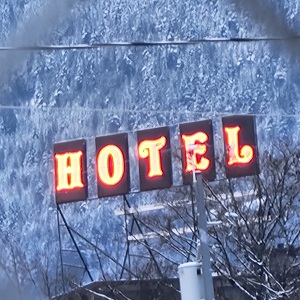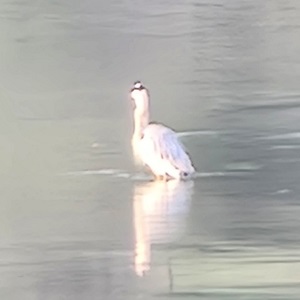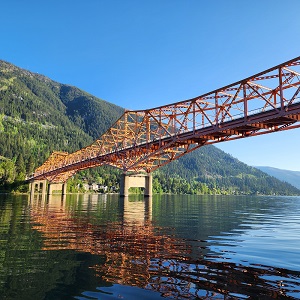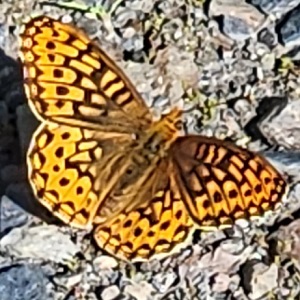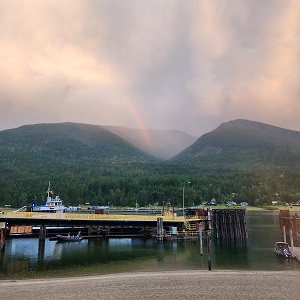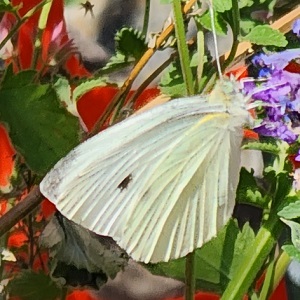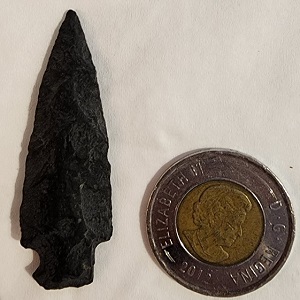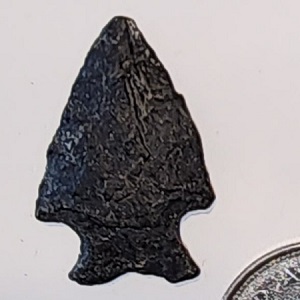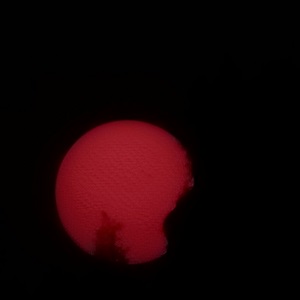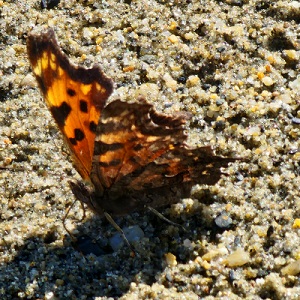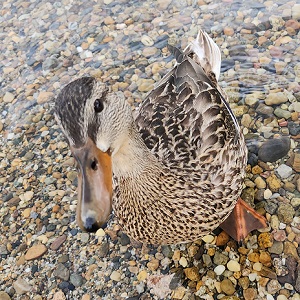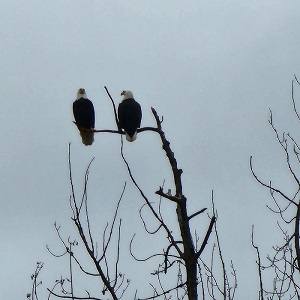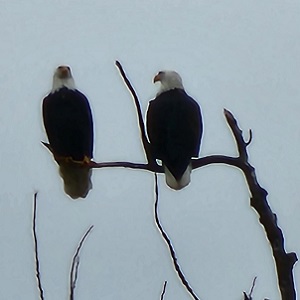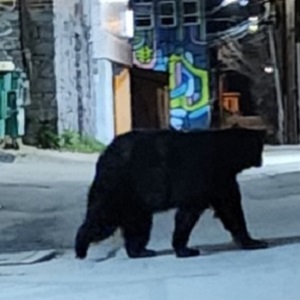I got lucky and a week after enquiring after it found it in the bookstore.
Similar to the first, more ruins, explorations into caves, cenotes, underground temples, references to the history of the area - from Bernal Diaz to Diego López de Cogolludo, rumors of Jean LaFitte the Pirate, of good reputation and reported upon by fishermen and locals who knew him, tales of buried treasure on the islands around Cozumel, what in this is there not to enjoy?
And the illustrations, by the accompanying travel artist F. Catherwood - perpetually in a fever yet his pictures perfectly capture the ambiance of the ruined and decaying cities.
Pastoral prints, romantic ruins overgrown with trees, pyramids, fantastic statuary, view a few of his prints by following the link above.
Exploring, the caution with which the natives regard most of the ruins and underground spaces, possibly as a consequence of bad air or gas, they are forever trying to give context to the scale of ceremonial architecture that seem grotesquely out of place with the current circumstance of the population, the customs of the current people described through the lens of a rather white filter; our author regarding them largely as the piteous remnants of Spanish colonization & brutality - which, while true doesn't realize that the real depopulation of the area took place via smallpox and other introduced diseases.
Descriptions of the vast networks of cisterns, wells, cenotes, most filled in with rubbish, but to clear a pond is to discover that it was once actually a purpose built reservoir, built at huge scales to save up the rains for the dry seasons (Climate change - even a brief period of a few years - is credited by many current archeologists as responsible for the collapse of the Mayan Empire), and always there is always the realization that they are in the presence of vanished civilization, the architecture, art, agriculture, speaks of a vast, lost empire, possessed of a high degree of sophistication.
Noteworthy is when the author discovers the "Builders Mark" on the great buildings, a red handprint, symbol (presumably) of the architect that designed the place, or chief builder, these marks still visible to Stephens even hundreds of years since their ruin, and his speculations as to it's universality - seen on horses, Tee-Pees of tribes across North America, on rock walls in Australia and in the caves of France - the hand - red hand especially - is the symbol of creation, the proof of action, an idea brought to fruition in the material world.
And there are the perpetual descriptions of the biting insects, the garrapatas (ticks) that would blacken the incautious explorer and his horse, the mosquitos and biting ants, fleas and sand fleas; all in hordes, at scales a thousand times what would have driven me mad. While (to me at least, oddly enough), there are no mentions of giant or venomous snakes, tarantulas, or jaguars, they are instead besieged constantly by the nuisance of invisible enemies that keep them feverish their entire expedition.
Finished, and there are a few other books by him, exploring in other regions, so I will have to keep my eyes peeled.

